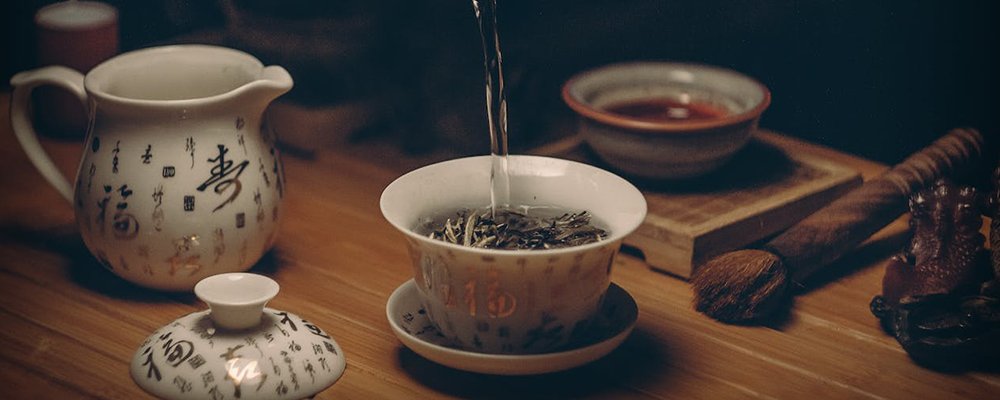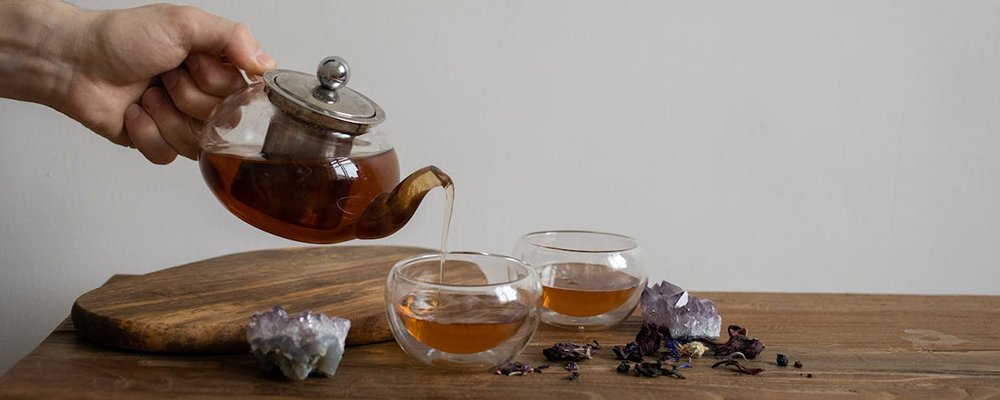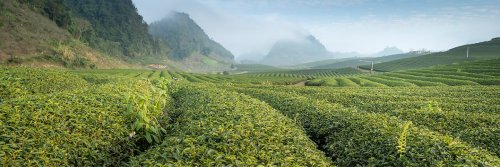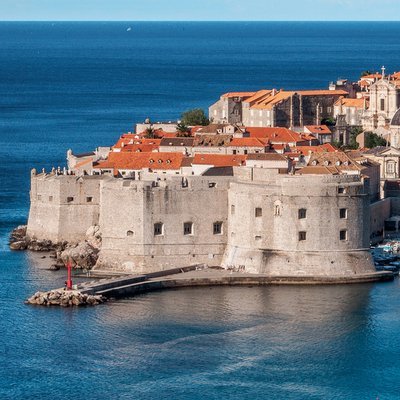Boil the kettle and prepare the teapot—around 2.16 billion cups of tea are consumed worldwide daily. Apparently, plumbers drink the most tea out of any profession, 3-4 per day, which can probably be explained by the fact that many would be working in a home environment where gracious hosts are all too willing to offer a cup of tea to a tradie to get their plumbing fixed, especially if it involves a toilet. The Turks per capita indulge in 1,300 cups of tea annually, while the Irish, Chinese, and of course, the English, who believe that a cup of tea can solve every catastrophe, are not far behind in their consumption. Globally, the tea market is valued at over 2.8 billion. That's a lot of tea.
A tea drinker will consider it one of the few home comforts that transcend where they may be, albeit in different forms. Argentinians can't go without their yerba mate, which takes a bit of getting used to. Moroccan mint tea, known as 'Berber whiskey,' is a combo of green tea and fresh mint. Turkish tea is strong and black, and the Indians like their chai tea, a concoction of brewed leaves and spices. Tea has been an integral part of English life since around 1650, when green tea from China appeared. There was even a pamphlet explaining what was considered an exotic drink at that time. A country's culture can be seen through a steaming, steeped liquid brew of leaves that transcends borders.

China
Hailed as the birthplace of tea, China is one of the world’s leading tea producers—black, red, green, white, yellow, oolong, and pu-erh varieties, with the regions of Yunnan and Fujian famous for their high-quality teas. Tea is tightly woven into the daily lives of the Chinese as they have a rich cultural heritage stemming back to the earliest rulers of the Shang dynasty (1600 – 1046 B.C.) when tea was considered a medicinal drink. It's been heralded as one of their seven daily necessities—rice, oil, salt, soy sauce, firewood, vinegar and tea.
One of China's most populated cities, Shanghai, has numerous famous tea houses where you can indulge in the love of tea. The number one venue to go to is 'Yi She,' where you can savor tea that's been pu-er aged and fermented in mandarin orange. Each tea varietal offered is a mouthful of amazement poured by the proprietor. At the same time, he regales you with his knowledge—you have to book in advance.
Another tea house in Shanghai to visit is the pretty landmark of Huxinting Teahouse, which has been in business for 145 years. Tea sippers cross a zigzag bridge to the hallowed halls of Huxinting, where you can taste jasmine, floral, or classic green tea while admiring the beautiful scenery.
India
India is producing about 1.2 million tons of tea annually. It is famous for its Assam, Darjeeling, and Nilgiri teas, each with unique aromatic and strength characteristics. India's Chai tea, a spicy milk tea, has become an international favorite. Darjeeling, the hill retreat from the oppressive heat of Calcutta during the British Empire, is where the dedicated tea buffs hang out in utter bliss—the unique tea from this area is known as the champagne of teas, as it's the best black tea in the world.
The beautiful Singtom Tea Estate was the first tea plantation in Darjeeling, with a history dating back to 1852. Today, the plantation is a luxurious resort slash plantation perched on a private estate of around 1,600 acres in the shadow of the Himalayas stretching over forests, waterfalls, a river, old British bungalow accommodation, and a sprawling tea garden. Fill your days with tea plucking, tasting, factory ogling, or take a picnic when you trek in the Himalayas.
Another tea plantation with stunning accommodation in Darjeeling is the Glenburn Tea Estate, which sits on the banks of the Rangeet River and has fabulous views over the world's third-highest mountain, Kanchenjunga. Handed down through the family for generations, Glenburn Tea Estate is where you can learn the art of tea tasting on a tasty rampage of discovering the nuances of black, green, white, and oolong teas.

Japan
Head to Japan, where tea has been indulged in for thousands of years. Experience the iconic Japanese tea ceremony that's an elegant ancient art form—you will be greeted by a silent and humble bow, shoes have to come off, then hand washing is next before you rinse your mouth out. All this happens before you are ready for tea to pass your lips. You will be summoned to the inner sanctum by the ringing of a gong. A traditional kimono will be given to you to wear, and it’s floor seating only—not good for oldies with bad knees!
Producing around 85 tons annually, the tea of Japan is predominantly green with varieties such as Sencha, Genmaicha, and Matcha. The Chinese first introduced tea to Japanese Buddhists to help them meditate—this was the beginning of 'sado,' the Japanese 'way of tea.'
The tea house considered a national treasure in Japan is Tai An—built during the Momoyama Period (1582); it sits in the Oyamazaki region of Kyoto near Uji. It's a showpiece of Japanese culture and architecture, imbued with tales of samurai and clandestine meetings.
Another tea house worth poking your nose into is Sakurai that resembles an old apothecary from the outside. Inside is a minimalistic enclave where the owner, who trained for 14 years to become a master of tea, will give you a taste of the finest teas from all over the country that he roasts daily. A calm and serene atmosphere pervades this intimate 8-seat café where the quirky staff's dress immediately grabs your attention—pristine white lab coats! Indulge in a 5-course tea tasting or go in the evenings when you can have your tea infused with alcohol. The specialty green tea leaf is gyokuro, grown in the shade and hand-selected by Sakurai.
Other countries worth exploring for the tea connoisseur include Kenya, where black tea is mainly grown high in the Rift Valley, Sri Lanka's famous Ceylon Tea, Vietnam's distinctive Lotus and Jasmin tea that's scented with flower blossoms or meander the stunning tea gardens of Turkey that are the social fabric of their society.
Gail Palethorpe, a self proclaimed Australian gypsy, is a freelance writer, photographer and eternal traveller. Check out her website Gail Palethorpe Photography and her Shutterstock profile.















